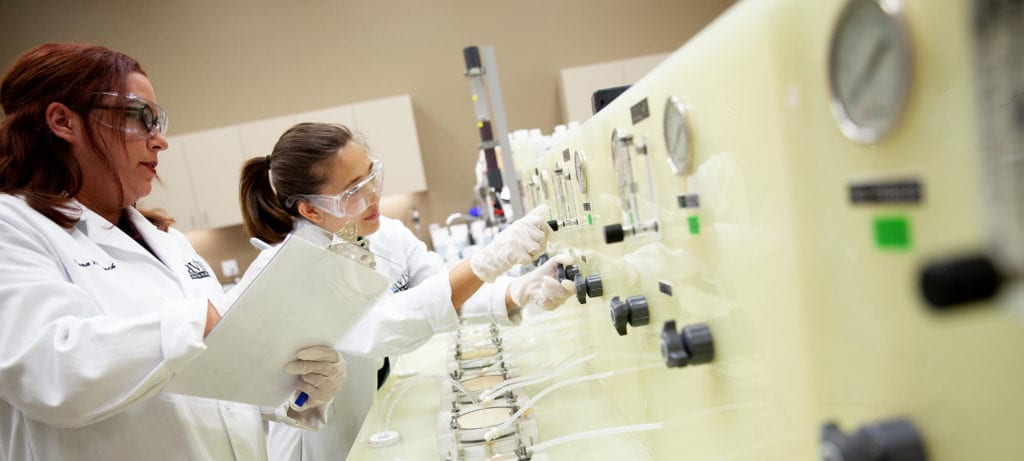Why Data Normalization Matters
Data normalization is critical to efficiently operating a membrane system because it provides a clear record of operational data which can indicate if the system is experiencing normal or unexpected issues. Normalization will streamline your troubleshooting process as it facilitates: error detection, identifying the root of the issue, and initiating appropriate corrective actions to mediate the problem before it gets more expensive. To guarantee stable performance and that operational results remain predictable, be sure to normalize your data.
Normalization refers to calculations that adjust recorded performance values to a common reference by accounting for variations in feed water temperature, feed water TDS, feed and permeate flowrates and system pressures.
Normalization provides a method for interpreting day-to-day system performance using a common set of values. The sooner you normalize your data, the sooner you will be able to start tracking performance changes and compile a longer history of data which will help determine whether the change you may be experiencing is to be expected or if the observed change is indicative of a problem.
Normalization offers a method for interpreting daily system performance using a common set of values. System operators are better able to detect problems by monitoring trends in the key indicators of membrane performance; flux, rejection, , and pressure differential. The goal is to use the data that is collected to calculate normalized permeate flux, pressure differential, and salt rejection. This information will allow you to identify the time to clean the membrane and to look for pretreatment issues that might be causing increased fouling.
We created a technical guide for membrane operators everywhere to understand the importance and simplicity of proper data tracking to get better results, reduce downtime, and save on operational costs. This technical guide was divided into four parts in order to provide everything you need to know, yet be easy to follow. The guide focuses on system pressures, flowrates & recovery, feed water temperature, feed water TDS. As a supplement we have created a technical guide on record keeping too!
Check out our Normalization Technical Guide to learn more.




